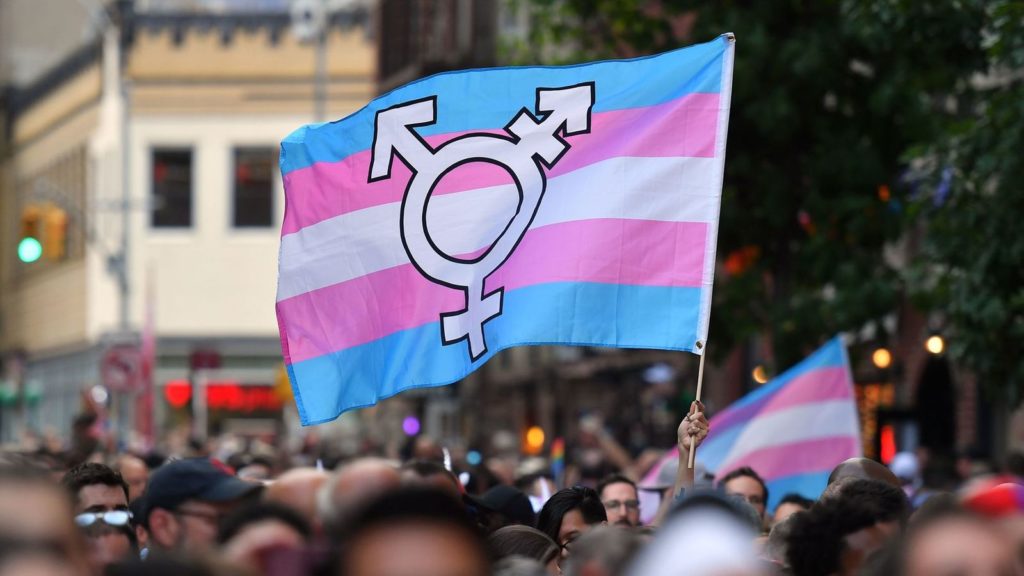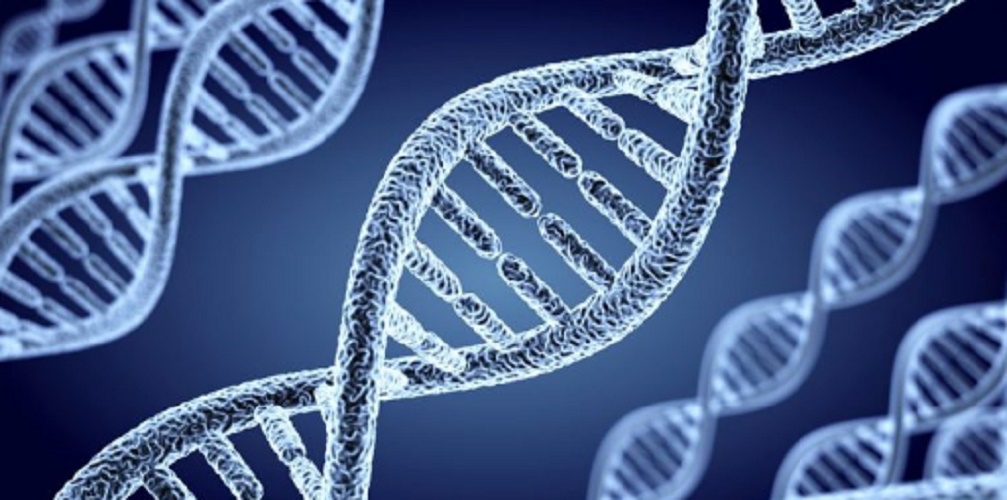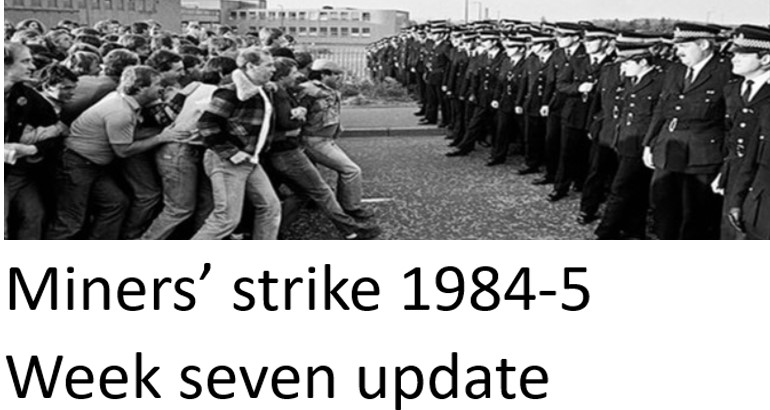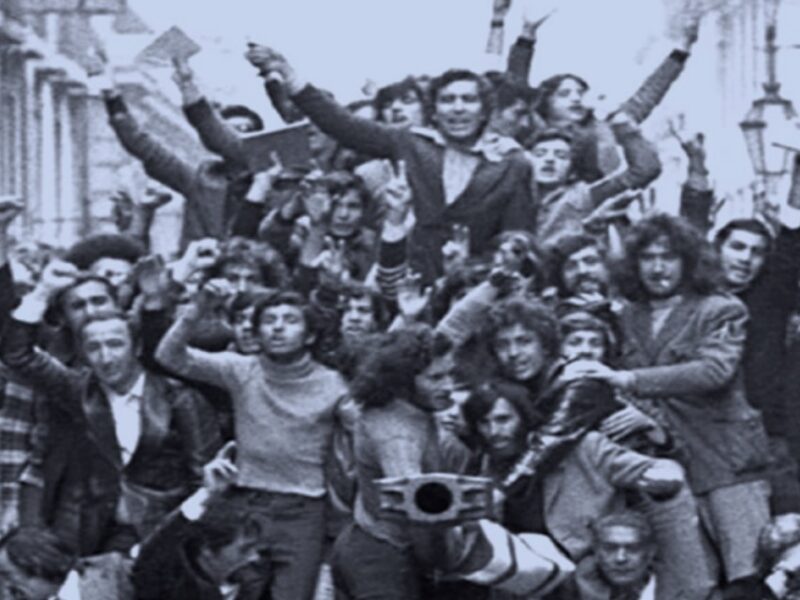By Ray Goodspeed (Leyton and Wanstead CLP – personal capacity) (Part Two here)
Over the last few years, the visibility of transgender (trans) people has dramatically increased, together with their willingness and ability to organise and campaign for their rights. But as with the increased visibility of gay men and lesbians in the 1970s and 80s, this has brought a ferocious backlash and even some moral panic.
The usual suspects on the far right or conservative Christians have been joined, especially in the UK, by some self-identified leftists and feminists, who present trans rights as if it is one of the main threats to women in the twenty-first century. That will come as a surprise to vast numbers of women worldwide who are struggling against poverty, inequality, oppression and violence.
It is sometimes easy, in all the frantic social media drama and the toxic debates, to forget that “transgender” is not just an abstract concept or ideology, but it refers to real trans men and women who just want to live their daily lives free of abuse, discrimination, mockery and violence, and to enjoy the same level of respect and justice as other members of society.
Negative experiences in school, family and community
I have met local government officers, firefighters, IT technicians and many other ordinary working people, often through the trade union movement who are trans. Added to that, I know several trans people who find it extremely difficult to find a stable place in the labour market because of relentless discrimination and day-to-day hostility. Among trans people, negative experiences at school and lack of family, community or social support also lead to higher rates of homelessness, poverty, mental illness and suicide.
As socialists, a fundamental task is to defend all sections of the working class. In the labour and trade union movement, solidarity and workers’ unity are everything – they are all we have to fight back against capitalism. This means addressing any kind of prejudices among workers that may divide us, not with fierce denunciations but by patiently explaining the issues involved.
For very many ordinary people trans issues are extremely new, and somewhat unsettling or confusing; they were for me. A large majority have probably never knowingly met a trans person, or properly considered the issues involved and it is often such people who are targeted by transphobic campaigners raising what are presented by them as “legitimate concerns”.
I should say that I am not trans, and I can’t speak for trans people, who have a variety of opinions anyway, but I have listened to many of them and by doing that I have developed a much better understanding of the issues they face.
Definition
Trans people, thought to be only about 1% of the population, can be broadly defined as those who have a deep, psychological conviction that their gender is not the one that is generally given to someone with their body-type. Trans people have existed throughout history, though, of course, the use of medical techniques to help with transition is much more recent.
Biological sex is nearly always decided quickly at birth by visual inspection, though even that is not always as clear as was once thought (see below), but the decision to call a new born baby a boy or a girl is more than just a physical description, it is also like firing a starting pistol on a whole range of psychological and social processes, as well as weighty expectations that give each child their gender identity: that is, an essential sense of what gender they are.

In the overwhelming majority of cases, people identify with the gender they were assigned at birth, corresponding to their biological sex. Trans people, however, do not. They either identify as the “opposite” gender (a binary trans person), or they identify as something other than the two available genders entirely (non-binary). Many trans people use the phrase “Assigned Male at Birth” (AMAB) or “Assigned Female at Birth” (AFAB) to clarify this.
This sense of gender identity is not a fad or a whim, or something that you can choose to be on Wednesdays and Fridays. It is as psychologically real as being gay or lesbian. It is recognised by the vast bulk of scientific, medical and psychological opinion, including in the NHS.
In our use of the terms here, therefore, we mean by a ‘trans woman’, someone whose gender identity is that of a woman, and likewise a ‘trans man’ is someone whose gender identity is that of a man. By non-binary we mean a person whose gender identity does not fit into the man/woman binary system.
Although it is rarely used by the people it describes, the term ‘cis’ (the Latin opposite of ‘trans’) has come to describe someone who does identify with the gender generally given to a someone with their biological sex characteristics.
Gender stereotypes
A really important point is that gender identity is NOT the same as gender expression, ie, how stereotypically ‘masculine’ or ‘feminine’ you are in terms of dress, mannerisms, speaking styles and interests. We all live in a deeply sexist society, and from infancy there are powerful social pressures to force men and women to conform to crass stereotypes about how “real men” and “real women” are meant to behave. Socialists and feminists have long fought against these ideas.
A favourite attack line against trans people, especially trans women, is that they somehow reinforce these gender stereotypes – that their “chosen” gender identity is simply play-acting, a collection of stereotypical ways of dressing and acting to appear like a woman. (Strangely, transphobes seem to be always less bothered by trans men who might reinforce male stereotypes!)

But this is just not true. Both trans and non-trans (cis) women and men can behave in stereotypical or non-stereotypical ways. There is a range among both groups. Some trans women adopt an ultra-feminine personal style. Others don’t, opting for a more sporty, neutral, nerdy or even serious leftie one! Similarly, some trans men are very masculine, while others are not. Nor is it true that trans women are just effeminate or gay men, or that trans men are just ‘tomboys’ or lesbians. Sexual orientation is not directly connected to gender identity – trans men and women can be gay or lesbian or, bisexual or heterosexual (straight) etc, just like non-trans people. And you can be gender-non-conforming without being trans.
So why should only trans people be targeted for “reinforcing gender stereotypes”? It is true that trans women, in particular, are under enormous pressure to “look the part” or “pass”. Failure can lead to open mockery or violence, or the accusation that they are not “really trans”. For some trans people, walking to the corner shop can sometimes be an act of raw courage. Yet when they do ‘pass’, they are accused of being stereotypical. It’s Catch-22.
Some anti-trans activists counterpose their own demand to “abolish gender” to the campaigns for rights for trans people in the here and now – as if justice, equality and human rights can wait for a centuries-long system of gender oppression to be dismantled, something that can only sensibly be spoken of in the realms of science fiction. Trans people are blamed for the very system that oppresses them, often by people that have done little or nothing to “abolish gender” in their own personal lives.
Trans people are more aware than most of biological sex
Biological sex is real. It exists. It is estimated that 98-99% of people are born into one of two relatively clear categories of biologically male or biologically female. Not only do trans people not deny this, but they are probably more aware of the distinctions between male and female bodies, even very subtle ones, than anyone else.
The fact that their physical bodies do not match their gender identity, is a major cause of dysphoria, the profound feeling of alienation from your body and accompanying distress and even despair that the vast majority of trans people experience to some degree, especially during and after puberty.
Of course, it is not quite as simple as that. A very small number of babies are born where the sex is not immediately obvious, and an arbitrary decision is made by doctors, who sometimes even carry out surgery to reinforce their decision. And there are other categories of intersex people, maybe as many as 2% of the population, which are not immediately obvious at birth.
The body shape, genitals, etc that are used to divide people into two sexual categories, the outward physical appearance, is called the phenotype. However, chromosomal arrangement, typically involving XX chromosomes for women and XY for men (the so-called genotype) does not always match a person’s phenotype.

An XY chromosome person can have a womb, for example, or an XX person may not have one. Occasionally people are born with XXY chromosomes. A third sex marker is that of the gametes, being either from testes or ovaries, but these again may be at variance from either the phenotype or the chromosomal sex markers.
Nevertheless, the existence of intersex people does not in itself mean that the human species is not primarily divided into two sexes, and that these are the basis of reproduction. The anti-trans lobby claim this as a huge “gotcha!” moment. Both US conservatives and some British leftists say, “See – facts don’t care about your feelings!”
Vulgar materialists
Having discovered the existence of physical reality, some leftist, vulgar materialists deny the existence of any socially-constructed social-psychological reality. Trans people are therefore seen as having made a “choice” that flies in the face of biological truth. They are attacked as “philosophical idealists” who place their own “thoughts” before scientific facts, like the followers of religions. Or they are seen as just cross-dressing fetishists, or mentally ill – like anorexics to be pitied or cured, but not supported politically.
Marxists are materialists, in that we recognise that the material world influences the ideological world and, indeed, determines it, but only in the last analysis. This does not at all mean that this is a direct and mechanical process. The ideology of a society can in turn shape and change that society. Meanings can be socially constructed, which are experienced as a social reality.
The way both trans and non-trans (cis) people experience gender has been socially constructed, but the fact that it has been created does not mean that it is a matter of free choice for the individuals involved. Homosexuality, for example, is also a social construct (as is all sexuality, in fact) but it is experienced as an absolute fact of a person’s psychological reality.
No leftist materialists, nowadays at least, would tell a gay man like me to ignore my feelings and to have sex with women, in line with biology. Trans identities should be similarly respected.
(Next read Part Two – here)



